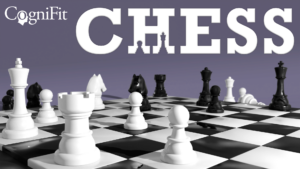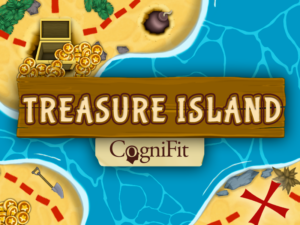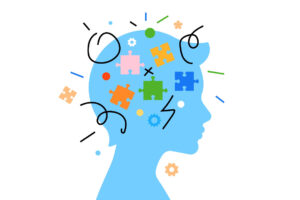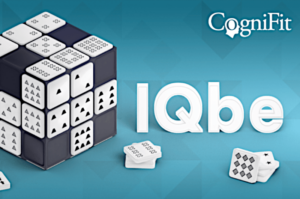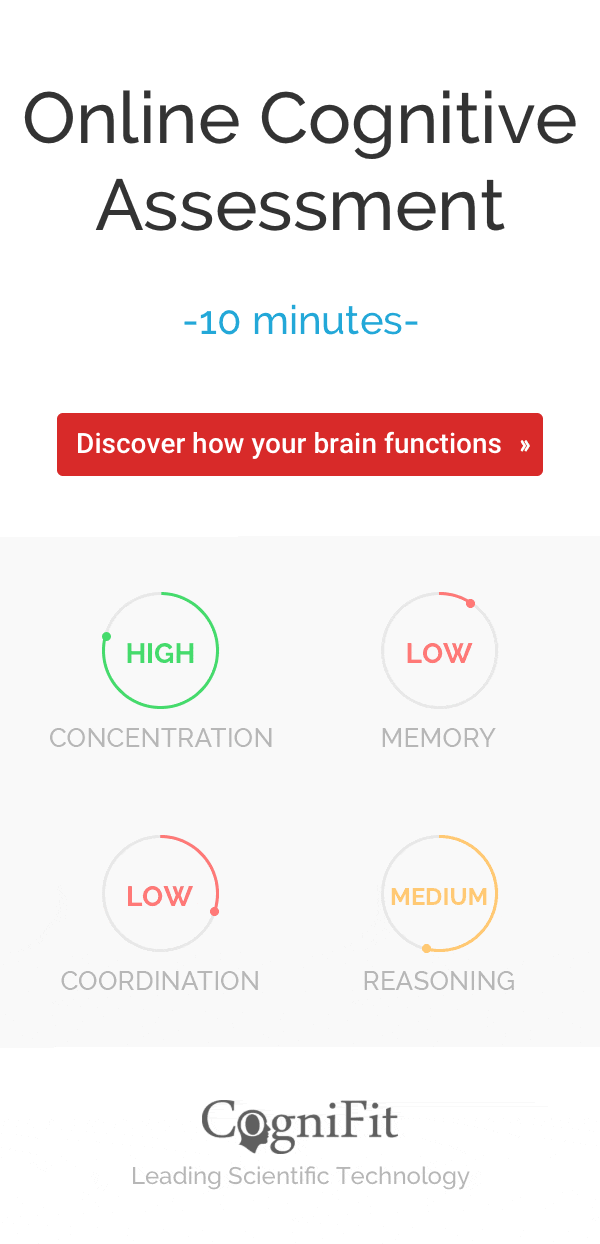
Could Cognitive Stimulation Help You Learn a New Language?
Most people have wondered if they should learn a new language. But it can seem like quite a daunting task – especially when you have work, family, and other responsibilities. But what if there was something that could help give you a step up?
Cognitive functions like Focus, Naming, and Short-term Memory play a key role in learning any new language. They are also part of CogniFit’s brain training toolbox.
Let’s take a deeper dive into the research around language acquisition.
A CLEAR RELATIONSHIP
The more researchers investigate how we acquire and process language, the more it reinforces one important idea…
There is a strong relationship between our executive functions and the ability to learn a new language.
In fact, links between cognitive abilities and language-acquisition skills can be found throughout the Neuroscientific literature. This includes links between “lexical-semantic processing” and cognitive abilities. Some examples include:
- Inhibition (Khanna and Boland, 2010)
- Working Memory and Updating (Weiland et al., 2014)
- Links between syntactic processing and Inhibition, Shifting, and Updating (Novick et al., 2005; Roberts et al., 2007)
- Links between both sentence comprehension (Daneman and Carpenter, 1980)
- Sentence production (Slevc, 2011)
- The cognitive ability for Updating
Based on this growing body of scientific work, specialists see great potential in cognitive stimulation. This is entirely focused on specific “executive functions” and cognitive abilities for increasing and strengthening neural networks. All of these are underlying more general domains such as language skills.
But how can cognitive stimulation activities, such as those offered by CogniFit, improve our ability to learn a language? First, we have to understand the history and science behind cognitive stimulation techniques.
THE GROWTH OF CONITIVE STIMULATION
“Cognitive stimulation” includes techniques and strategies that help to improve several cognitive functions. These include attention, reasoning, memory, perception, abstraction, or language skills.
It’s been an important area of interest among the scientific community since at least the 1970s. Researchers began designing clinical intervention programs focused on the restoration of damaged cognitive functions.
As this kind of stimulation began to mature, therapists began to use cognitive stimulation as a path to neuropsychological rehabilitation. This included patients with brain injury (Sohlberg and Mateer, 1987), depression (Zeiss et al., 1979), cognitive impairment (Labouvie-Vief and Gonda, 1976), hyperactivity (Douglas et al., 1976), or schizophrenia (Olbrich and Mussgay, 1990).
Over the years, cognitive stimulation has grown as a vital scientific tool.
It has been used in an impressively wide variety of areas, such as learning and education, psychological disorders, brain damage, or neurodegenerative disorder. And, users have reported improvements in overall cognition and in specific cognitive domains in both healthy and unhealthy samples.
Early research into the effectiveness of cognitive stimulation interventions was focused mainly on the specific cognitive ability being trained. This is sometimes known as near transfer effects (van Heugten et al., 2016). However, recent research explores how cognitive stimulation can benefit general cognitive domains and skills. This is also known as far transfer effects (Dahlin et al. (2008); Hardy et al. (2015); Au et al. (2015)).
Now, the scientific community is beginning to uncover the benefits and far transfer effects. With this, they are also exploring new ways to leverage cognitive stimulation tools for more generalized applications. E.g. how to learn a new language.
FAR TRANSFER EFFECTS & OPTIMIZING COGNITIVE PROGRAMS
Based on this concept of near and far transfer effects, we can see that the combination can be quite useful. But what does a cognitive stimulation intervention need in order to achieve these far transfer effects?
Scientific literature tells us there are three aspects that may be at the center of achieving these goals. These include the validity of the activities, timing of the training, and adaptation of the training to the individual’s cognitive state.
- The validity of the intervention requires twi things. First, that the intervention trains the specific cognitive. Second, the ability must be engaging and motivate the user to adhere to and become invested in the intervention.
- The timing of a cognitive stimulation intervention is critical. Cognitive stimulation activities activate specific neural activation patterns in the brain. Frequent, repeated training can help create new synapses and reorganize neural circuits. The more frequently that a user trains a specific cognitive ability, the stronger the neural circuits become.

- Finally, adapting the level of difficulty throughout the intervention is key to achieving the highest possible benefit. However, simply upping the difficulty from one activity to the next may not be enough. There will be natural changes in performance throughout the intervention. This means that each session should be scaled to the user.
Dynamic adaptation (such as with CogniFit’s patented algorithms) is an “essential requisite to foster not only maximization of the benefits of the training, but also adherence to it.”
APPLYING THIS TECH TO LANGUAGE AQUISITION
New technologies have made it possible to create engaging, interactive, practical, and dynamic cognitive stimulation training tools. Also, the ability to collect and analyze massive amounts of data will help develop powerful algorithms. These can create personalized training recommendations with dynamically adjusted difficulty. These two massive advances in cognitive stimulation programs mean the potential benefits are greater than ever.
Research into how training non-linguistic cognitive skills affect language learning, linguistic skills, and language control (Liu et al. 2016, 2019) is still in its earliest stages. However, some studies are already seeing hopeful outcomes (Hayashi, 2019; Karousou and Nerantzaki, 2020).
CONCLUSIONS
Our world is far more interconnected than it used to be. We interact with people from different countries and cultures more than ever – in our work, school, and travel, etc. The importance of language learning will continue to increase.
Thankfully, it seems cognitive stimulation programs like CogniFit may make it easier for current and future multilinguals to learn a new language with greater ease.

